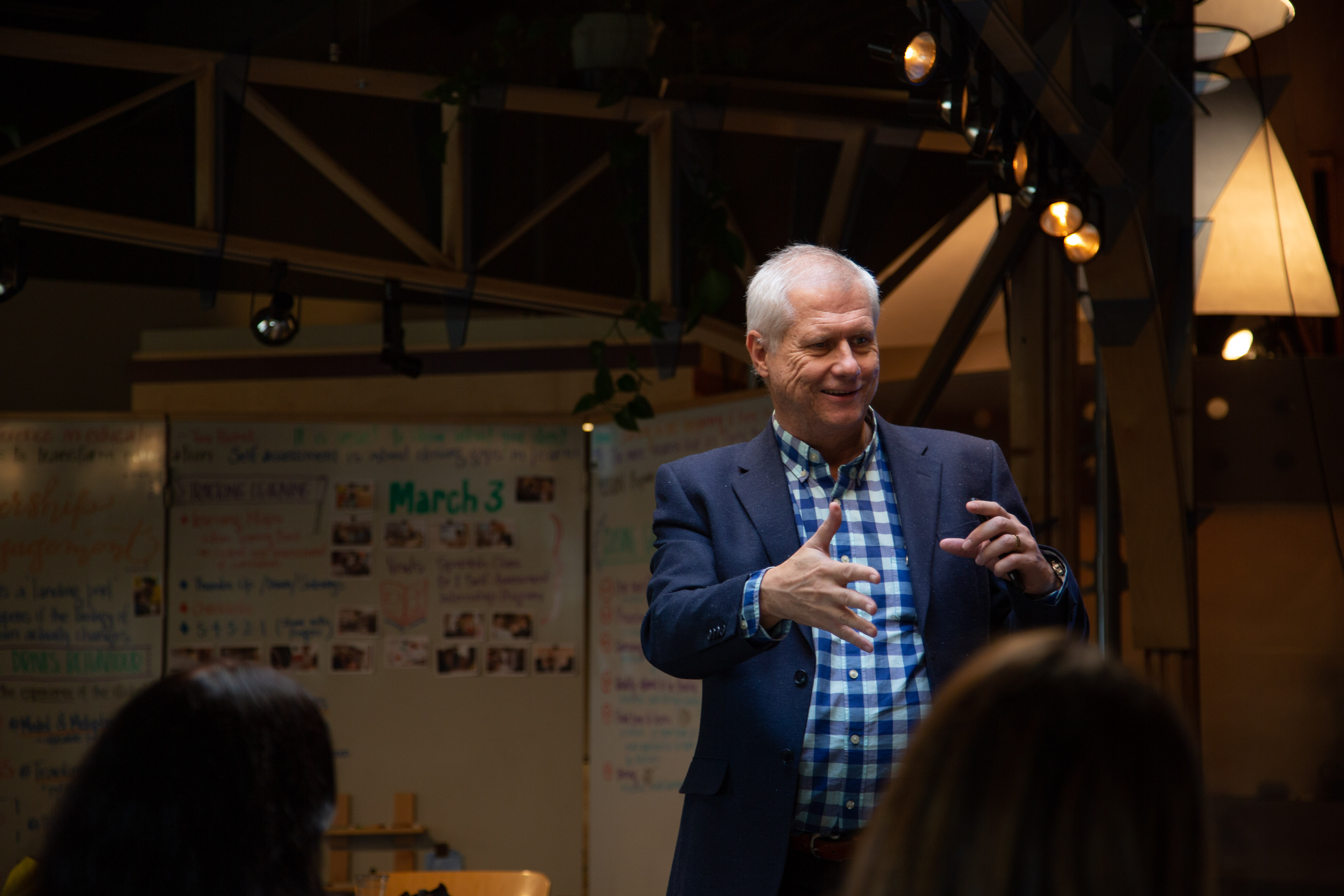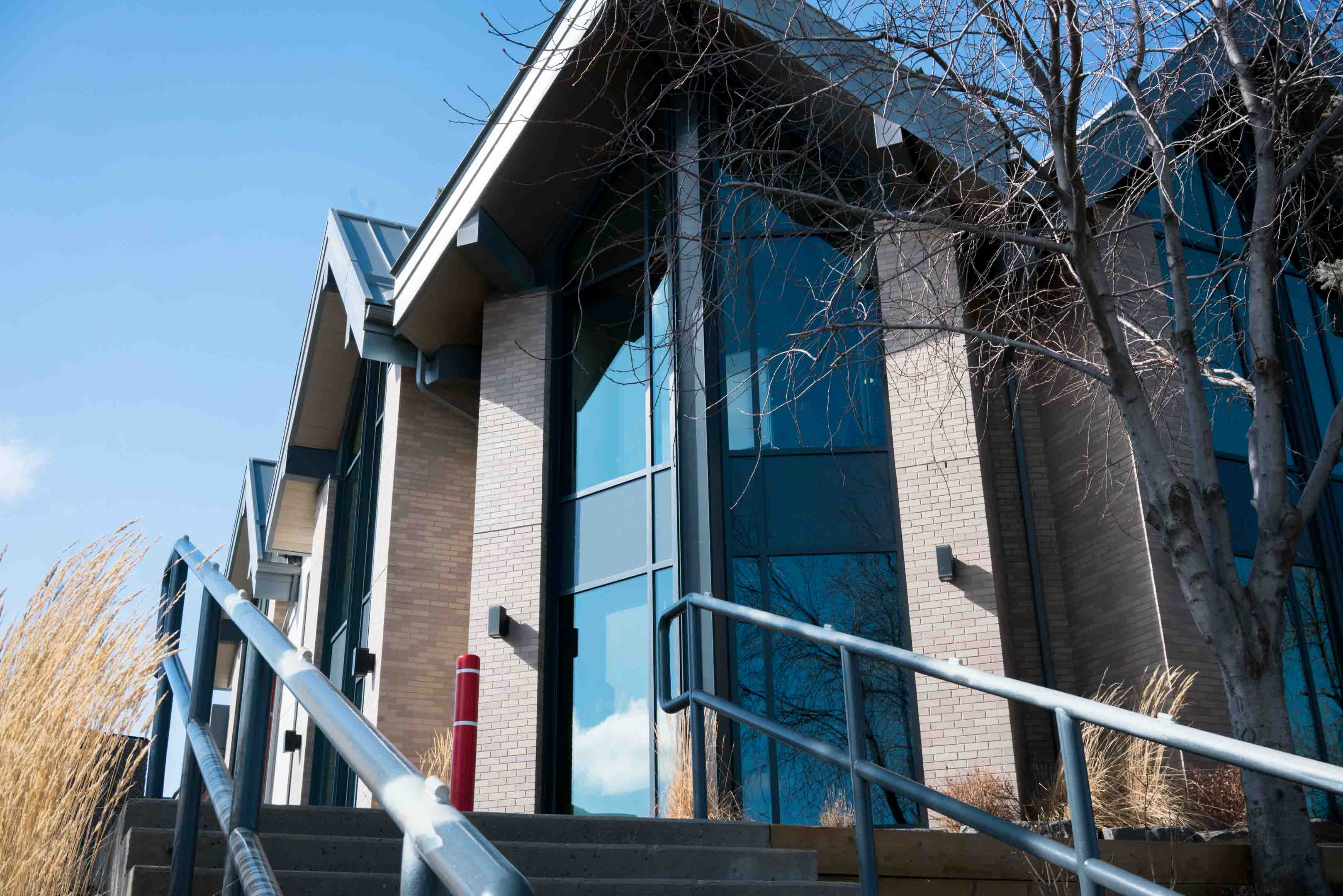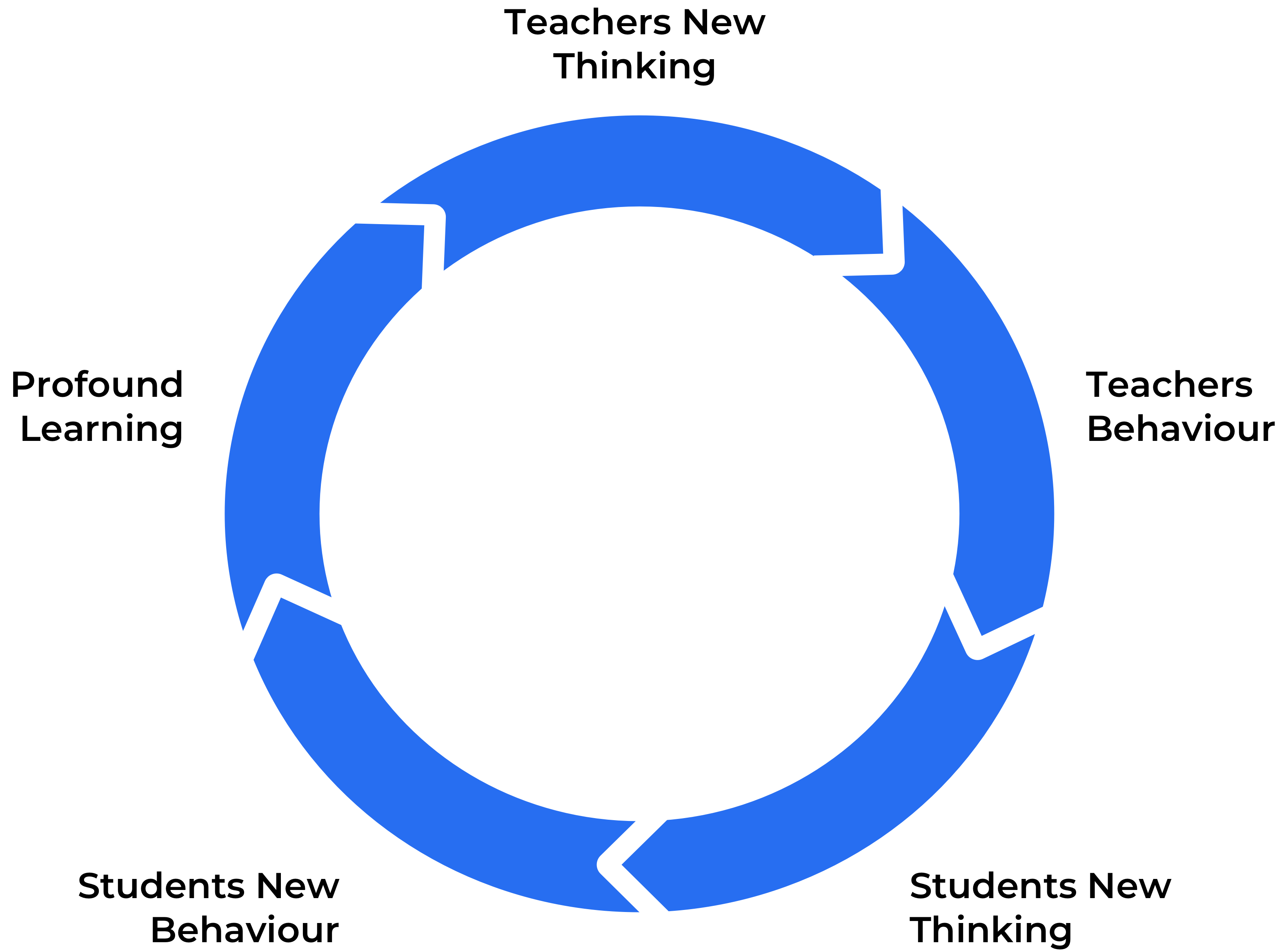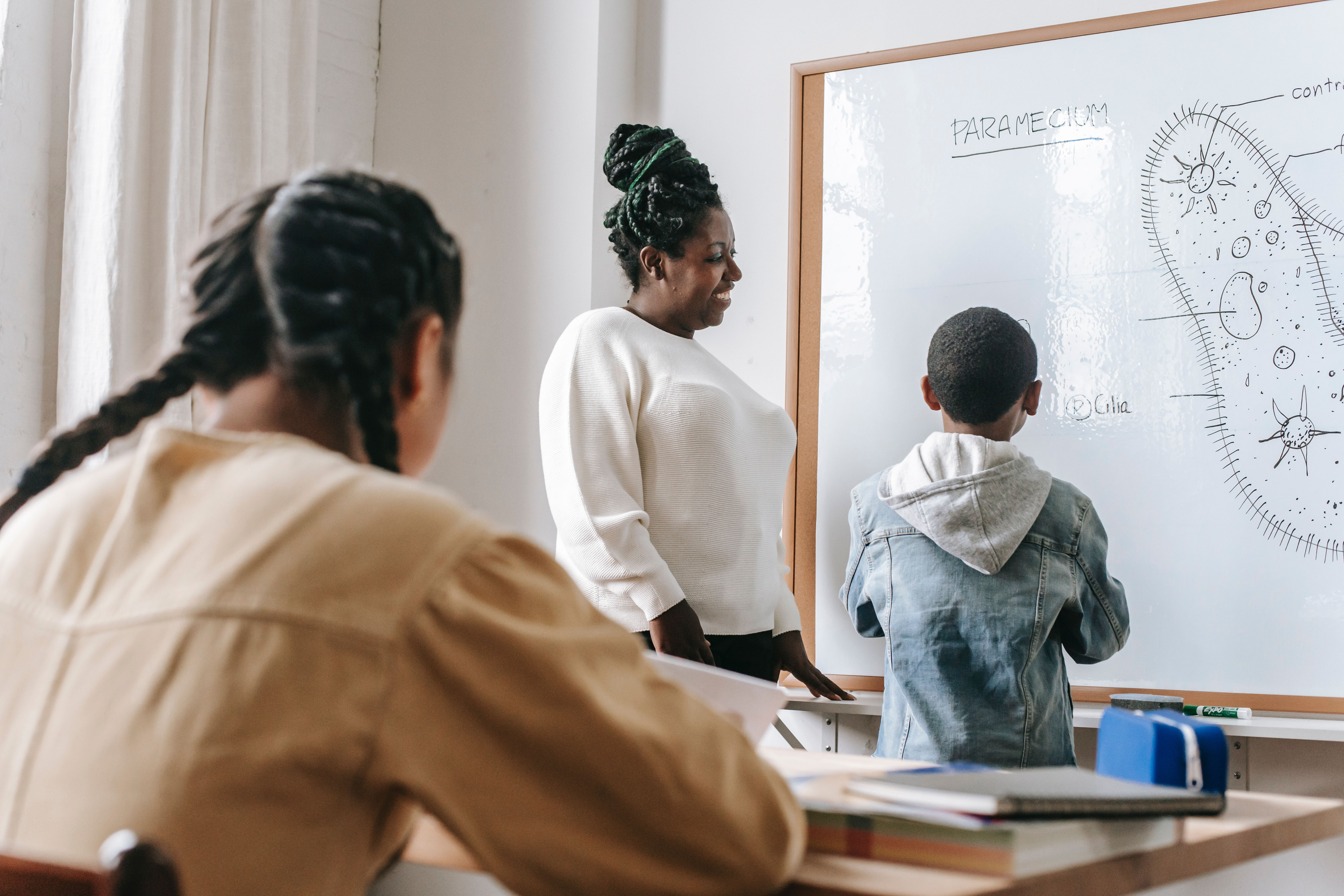Strategy for National Transformation
Transforming a national system of education requires the development of prototype schools and the digital assets needed for large scale multiplication
A major change in form and function



Transformation implies a major change in form and function, similar to metamorphosis. It is all about pulling the vision for a preferred future into the current reality. Improvement, on the other hand, does not require a vision of a new system. It simply uses data from the past to improve the current system.
Transformation requires a compelling vision of the future and a process by which that future can be created. No amount of improvement would have transformed a horse and buggy into an automobile. The automobile represents an entirely new mode of transportation that was envisioned and created by Imaginal leaders like Karl Benz and Henry Ford, thereby transforming the transportation industry. Similarly, the butterfly could not exist in all it’s beauty and wonder if it were a mere caterpillar with a few improvements.

Attempts to reform education through improvement initiatives have been a colossal failure around the world. Why? Because if the system is broken, then it simply needs fixing using Improvement methodologies. But, if the system is obsolete, no amount of improvement will produce the results that are needed.
We do not need a more efficient obsolete system. Improvement relies on data from the past, whereas system transformation requires a vision of the future.
Transformation implies a major change in form and function, similar to metamorphosis. It is all about pulling the vision for a preferred future into the current reality. There can be no transformation without a compelling vision of the future and a process by which that future can be created. Implementing student ownership, making mastery possible for all students, eliminating fear, and developing Future Ready skills in students will result in transformation. Creating a system based on these processes (and more) will transform the current system of education.

The traditional system of education was created to serve the industrial age in the 1900's, but our world has dramatically changed since then. We need a new system of education to better prepare students for the world of tomorrow, creating obsolescence to the existing factory model of education.

Imaginal leaders like Karl Benz began with a prototype (the Benz Velo). But one Benz Velo would not cause the horse and buggy to be obsolete. It was not until Henry Ford was able to scale the concept in an affordable way that the horse and buggy were rendered obsolete and transportation was forever transformed.

Having a prototype school of the future is interesting, but one school doesn’t create obsolescence. However, if that prototype model of education can be scaled to the masses affordably, then creating obsolescence is possible.
We are creating obsolescence of the current Industrial Age model of education with our prototype school and our Imaginal Ecosystem.


System thinking is the ability to see how a system works and where the leverage points are. It is a core competency of Imaginal leaders.
Learn more about how system thinking
can affect your organization.
A basic axiom in system thinking is that ‘structure always wins'. Trying to change the thinking of teachers and students will not produce the desired changes unless it is accompanied with systemic structural changes.
The system structures generate the behaviours of the system. Therefore, real transformation requires the old system structures to be replaced with new ones, which will support the behaviour envisioned for the future system.

We transform education by pulling structures from the future system into the now and, over time, completely replacing the existing system
Transforming a national system of education requires the development of prototype schools and the digital assets needed for large scale multiplication


The dominant system in most countries is comprised of schools that are accredited by the government, namely public and private schools. These schools usually operate government sanctioned curriculum and have the same pedagogical framework that drives the traditional model of education. IE’s transformation strategy, at the national or state level, is to create a shadow-system comprised of early adopter schools. These schools, operating outside the dominant system, will become prototypes of the future and once proven, will challenge the dominant system. Large scale system transformation is now possible using IE's digital platform.
Launching Profound Learning in a region or country starts with a few early adopter schools. Although Profound Learning has proven to be successful in Canada and elsewhere, it is critical to have a successful prototype within the target country.
Translating the national curriculum into our Learning Bank form is needed for student self-assessment as well as ensuring national standards are being met.
Early Adopter schools develop an inventory of high impact, brain-based digital learning experiences that align with the required curriculum. These learning experiences are analogous to digital 'apps'.
The Learning Adventure Exchange is the platform by which learning 'apps' can be distributed throughout a region, country or continent. This exchange can either be monetized by business partners or democratized by government licensing.